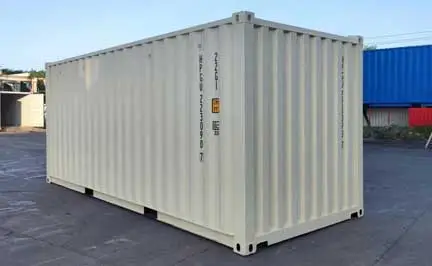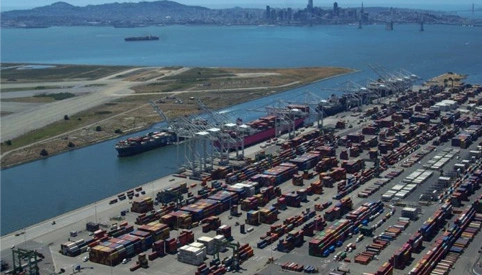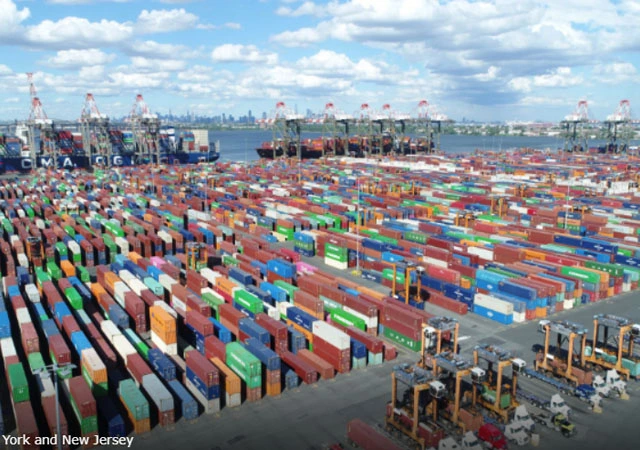When it comes to shipping and logistics, the size of your container can make all the difference. You might have heard of 20-foot and 40-foot containers, but what exactly sets them apart? Understanding the differences in size, capacity, cost, and use cases can help you make the best decision for your shipping needs. Whether you're moving, running a business, or shipping goods overseas, choosing the right container is crucial.
In this article, we'll break down the key differences between 20-foot and 40-foot containers to help you determine which is best for your specific requirements.
What is a Shipping Container?
Shipping containers are standardized, large containers used to transport goods across the world. They come in different sizes, but the two most common are the 20-foot and 40-foot containers. These robust steel boxes are designed to be stackable, durable, and secure, ensuring your items stay safe during transport.
The most popular types include dry containers (standard containers), refrigerated containers, and open-top containers. The main difference between these types is the way they protect the contents. However, for this article, we'll focus on the two most common sizes.
Overview of 20-Foot Containers
A 20ft shipping container, often referred to as a TEU (Twenty-Foot Equivalent Unit), is a smaller option that still offers ample storage space.
External Dimensions: 20 feet long, 8 feet wide, and 8.5 feet high.
Internal Dimensions: About 19.4 feet long, 7.7 feet wide, and 7.9 feet high.
Capacity: Roughly 33 cubic meters (1,172 cubic feet).
Weight Capacity: Typically around 24,000 kg (52,910 lbs).
Common Uses:
Smaller shipments: Perfect for personal moves, small businesses, or when you're shipping a moderate amount of goods.
Cost-effective for lighter loads: Ideal for goods that don't require a large amount of space.
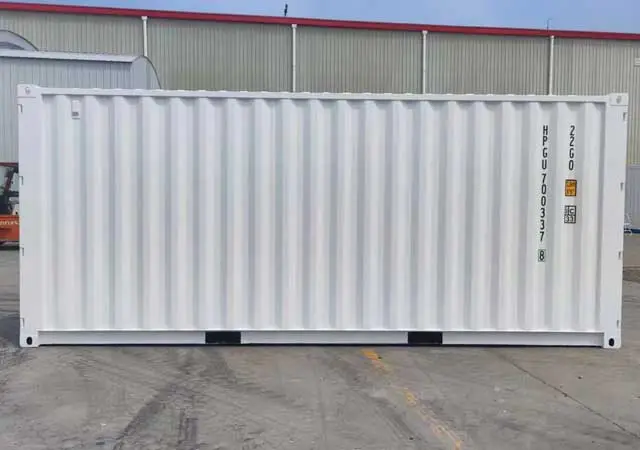
Overview of 40-Foot Containers
The 40ft container, or FEU (Forty-Foot Equivalent Unit), is essentially double the size of a 20-foot container, making it an excellent choice for large shipments.
External Dimensions: 40 feet long, 8 feet wide, and 8.5 feet high.
Internal Dimensions: About 39.5 feet long, 7.7 feet wide, and 7.9 feet high.
Capacity: Around 67 cubic meters (2,390 cubic feet).
Weight Capacity: Similar to the 20-foot container, generally about 24,000 kg (52,910 lbs).
Common Uses:
Large shipments: Ideal for businesses or individuals with a high volume of goods.
Cost-effective for bulk shipping: The larger size makes it more economical when shipping a lot of items.
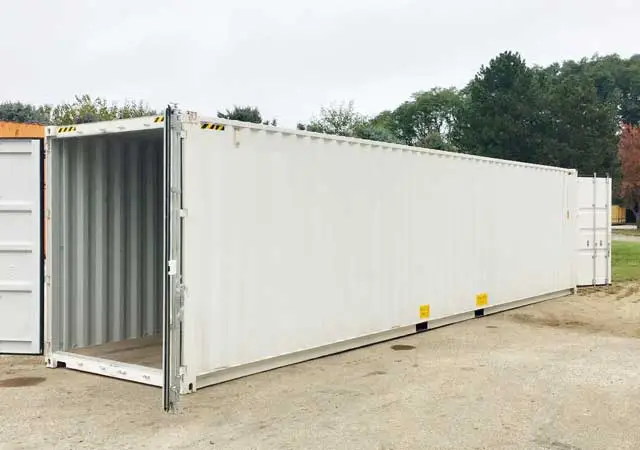
Key Differences Between 20-Foot and 40-Foot Containers
When comparing the 20-foot and 40-foot containers, several key differences stand out:
Size and Capacity: The 40-foot container offers double the space of a 20-foot container, which is a major advantage when shipping large volumes.
Cost: Although the 40-foot container costs more to rent or buy, it typically offers better value per unit of space if you're shipping a large amount of goods.
Flexibility: A 20-foot container might be more flexible for smaller shipments or when you don't need a full 40 feet of space.
Dimensions: How Big Are They Really?
Let's get a little more precise about the measurements to give you a clearer picture:
20-foot container:
External: 20' x 8' x 8.5'
Internal: 19.4' x 7.7' x 7.9'
40-foot container:
External: 40' x 8' x 8.5'
Internal: 39.5' x 7.7' x 7.9'
You can see that while the height and width remain constant, the length is where the real difference lies. This extra length in the 40-foot container translates to more room to store goods.
Weight Capacity: What Can Each Hold?
Both 20-foot and 40-foot containers can handle up to around 24,000 kg, but with more space in the 40-foot container, you can ship a larger number of items within that weight limit.
For example, you could ship heavier or bulkier items more efficiently in a 40-foot container without worrying about filling up the container too quickly.
When to Use a 20-Foot Container?
A 20-foot container is ideal when you're dealing with smaller shipments. If you're running a small business, moving a few personal items, or shipping specialty products, a 20-foot container might be your best choice. It offers flexibility, better maneuverability, and typically a lower rental cost.
Examples:
Moving a small house: If you're not moving an entire home, a 20-foot container should suffice.
Shipping perishable items: With refrigerated 20-foot containers, smaller loads of temperature-sensitive goods can be shipped efficiently.
When to Use a 40-Foot Container?
If you’re looking to ship larger quantities of goods or need to move bulky items, a 40-foot container is the way to go. It’s perfect for businesses that regularly ship in bulk or for individuals with larger shipping needs.
Examples:
Retail shipments: Ideal for businesses needing to transport large volumes of products.
International trade: Most goods that are shipped internationally are done so in 40-foot containers.
Cost Comparison: 20-Foot Container vs. 40-Foot Container
While the 40-foot container is more expensive to rent or purchase, it becomes more economical when you need to ship a large number of items. The larger container often results in a lower cost per unit of space, meaning you pay less per cubic meter of space for larger shipments. However, if you only need to ship a small amount, a 20-foot container could be the more affordable option.
Benefits of Using 20-Foot Containers
Lower rental costs: For smaller shipments, renting a 20-foot container is often cheaper.
Easier to transport: Smaller containers are more manageable, especially for tight spaces or locations that require maneuvering in urban areas or crowded ports.
 English
English
